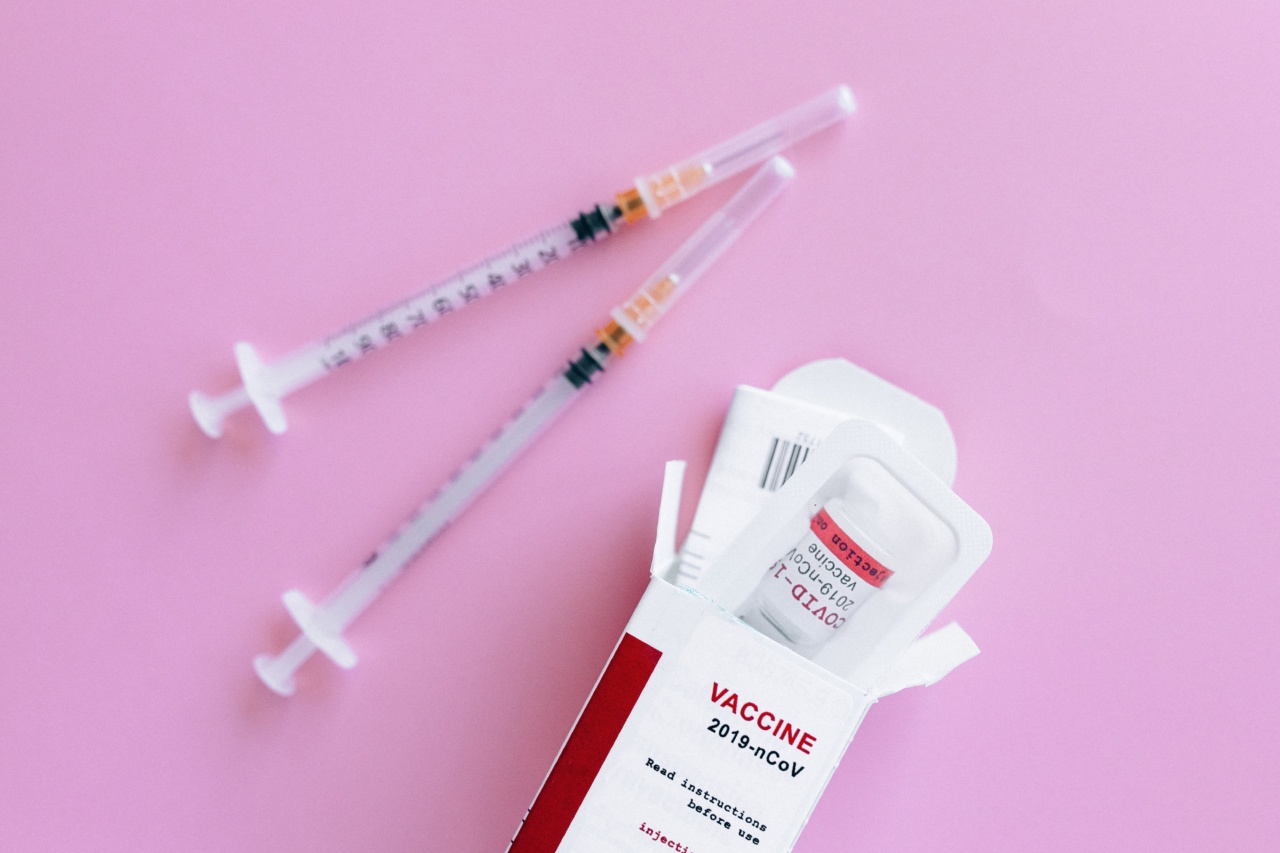Depression is a serious mental health condition that affects millions of people worldwide. It is characterized by persistent feelings of sadness, loss of interest in activities, and an overall lack of motivation.
While there are various treatment options available, such as therapy and medication, researchers have recently discovered a new treatment modality with proven effectiveness. This groundbreaking approach offers hope for individuals struggling with depression and provides a potential alternative to traditional treatments.
Understanding Depression
Depression is more than just feeling sad or down; it is a complex and multifaceted condition that can significantly impact a person’s life.
It disrupts daily activities, affects relationships, and can lead to serious health complications if left untreated. Depression can be caused by a combination of genetic, biological, environmental, and psychological factors.
Common symptoms of depression include:.
- Persistent sadness or emptiness
- Loss of interest in previously enjoyed activities
- Changes in appetite and weight
- Difficulty sleeping or excessive sleeping
- Fatigue or loss of energy
- Feelings of worthlessness or excessive guilt
- Trouble concentrating or making decisions
- Recurrent thoughts of death or suicide
The Limitations of Current Treatments
While therapy and medication have been effective for many individuals with depression, they may not work for everyone. Therapy can be time-consuming and expensive, and it requires a strong commitment from the patient.
Medications, on the other hand, may cause unwanted side effects and can take several weeks to show any noticeable improvement.
Additionally, some individuals may not respond well to traditional treatments due to various factors such as medication resistance, genetic predispositions, or the specific nature of their depression.
This has led researchers and clinicians to explore alternative treatment options in hopes of finding more effective and personalized approaches.
The Promising New Treatment: Transcranial Magnetic Stimulation (TMS)
Transcranial Magnetic Stimulation (TMS) is a non-invasive procedure that uses magnetic fields to stimulate specific areas of the brain known to be involved in depression.
It works by delivering targeted magnetic pulses to the prefrontal cortex, an area that regulates mood and emotions. By modulating brain activity in this region, TMS aims to alleviate depressive symptoms.
Unlike electroconvulsive therapy (ECT), which is another brain stimulation treatment for depression, TMS does not require anesthesia or induce seizures.
It is considered to be a safer and more tolerable alternative, with fewer side effects and less impact on cognitive function.
The Science Behind TMS
Research has shown that depression is associated with decreased brain activity in the prefrontal cortex. By using TMS to stimulate this region, the treatment aims to restore normal brain function and alleviate depressive symptoms.
The magnetic pulses pass through the scalp and skull to induce small electrical currents in the brain. These currents stimulate nerve cells and increase the release of neurotransmitters like serotonin and dopamine, which are known to regulate mood and emotions.
Multiple studies have demonstrated the effectiveness of TMS in treating depression.
A randomized controlled trial published in JAMA Psychiatry found that TMS was significantly more effective than a placebo in reducing depressive symptoms in individuals who had not responded well to prior treatments. Another study published in Biological Psychiatry showed long-term remission rates of up to 68% in patients treated with TMS.
The TMS Treatment Process
The TMS treatment process typically involves the following steps:.
- Evaluation: A thorough evaluation is conducted to determine the appropriateness of TMS for the individual. This includes a comprehensive medical and psychiatric assessment.
- Treatment Planning: If TMS is deemed suitable, a treatment plan is developed. This includes determining the optimal stimulation parameters and targeting the specific brain areas that will be stimulated.
- Treatment Sessions: The actual TMS treatment consists of multiple sessions, usually conducted over several weeks. Each session lasts approximately 30-40 minutes, during which the patient sits comfortably in a chair. The TMS device is positioned near the patient’s head, and magnetic pulses are delivered.
- Monitoring and Adjustments: Throughout the treatment process, the patient’s response is closely monitored, and the stimulation parameters may be adjusted to optimize efficacy.
The specific duration and frequency of TMS sessions can vary depending on the individual’s needs and the severity of their depression. The treatment is generally well-tolerated, with minimal discomfort reported by most patients.
Potential Benefits of TMS
TMS offers several potential benefits as a treatment option for depression:.
- Non-invasive: Unlike other brain stimulation treatments, TMS does not require surgery or anesthesia.
- Non-systemic: TMS does not involve the use of medications that can be associated with unwanted side effects.
- Well-tolerated: TMS is generally well-tolerated, with minimal discomfort reported by most patients. It does not require sedation or hospitalization.
- Targeted: TMS allows for precise targeting of specific brain regions implicated in depression, increasing the likelihood of effectiveness.
- Personalized: Treatment parameters can be customized for each individual, ensuring a personalized approach to care.
- Minimal impact on daily life: TMS sessions typically last less than an hour, allowing individuals to resume their daily activities immediately after treatment.
Considerations and Potential Risks
While TMS is generally safe, it is essential to consider potential risks and limitations. Common side effects of TMS are typically mild and include scalp discomfort or headache during or after the procedure.
Rarely, more severe side effects such as seizures may occur, but the overall risk is low.
Additionally, not everyone may respond equally to TMS. Factors such as the severity and duration of depression, treatment-resistant depression, or co-existing psychiatric conditions can influence the efficacy of TMS.
It is crucial to have a thorough evaluation and ongoing monitoring by a qualified healthcare professional to ensure an optimal treatment plan.
Insurance coverage for TMS can vary, and it may not be accessible or affordable for everyone. However, as the evidence for TMS effectiveness continues to grow, more insurance providers are recognizing its value and offering coverage.
The Future of TMS and Depression Treatment
TMS represents a promising breakthrough in the treatment of depression. As more research is conducted, it is likely that TMS will continue to evolve and become an even more refined and effective treatment modality.
Advances in technology and neuroimaging techniques may allow for improved personalized targeting and stimulation protocols, further enhancing outcomes.
Moreover, the combination of TMS with other therapies, such as cognitive-behavioral therapy (CBT) or medication, may offer even greater benefits.
Research is currently underway to explore these possibilities and determine the synergistic effects of combining TMS with other treatment approaches.
Conclusion
Depression is a challenging condition that can significantly impact an individual’s life. While traditional treatments have been effective for many, they may not work for everyone.
The advent of transcranial magnetic stimulation (TMS) represents a significant advancement in the field of depression treatment, offering a non-invasive, targeted approach with proven effectiveness. TMS holds promise for individuals who have not responded well to other treatments or are seeking an alternative to medication or therapy.
As research and awareness continue to grow, TMS has the potential to revolutionize the way depression is treated, providing new hope for those affected by this debilitating condition.






























